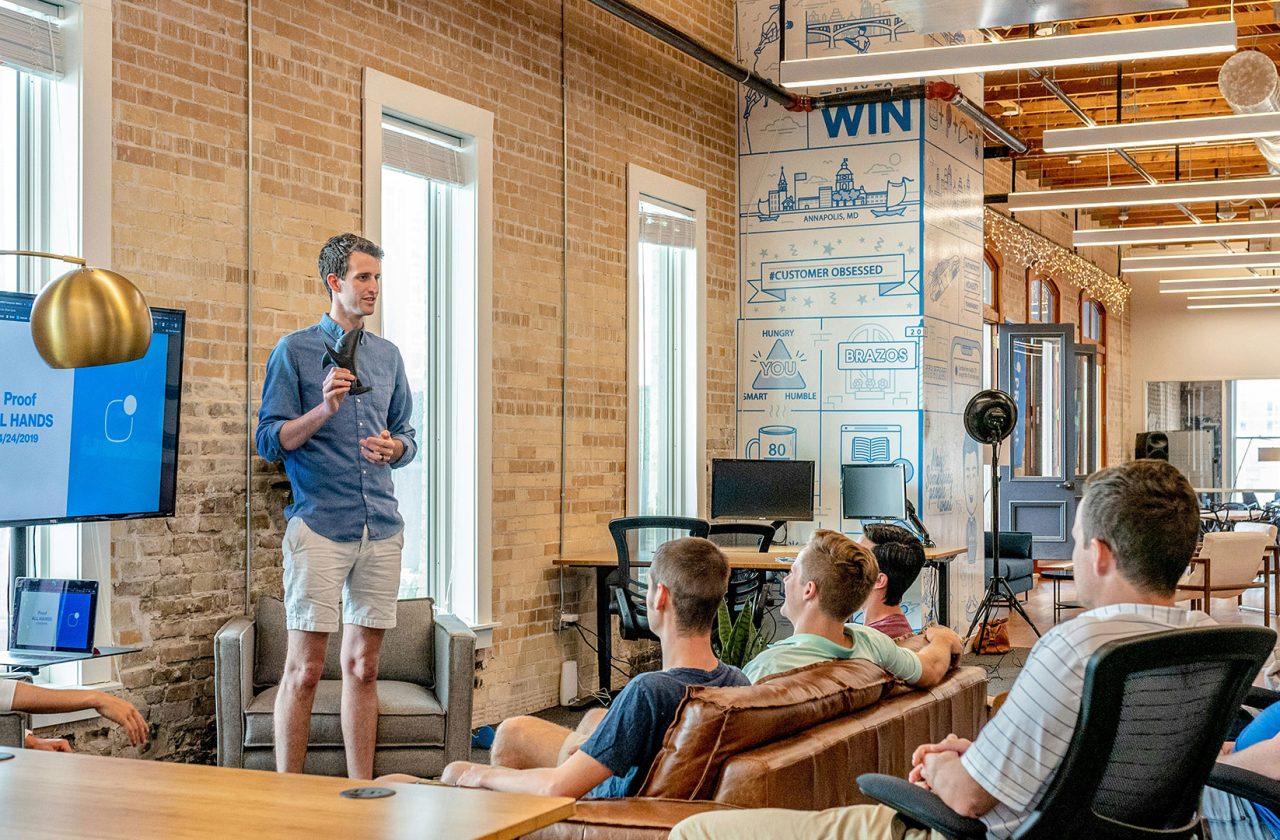The CEO’s Role in Building and Sustaining Organizational Culture

Organizational culture is often described as the “invisible glue” that holds a company together. It shapes behaviors, drives performance, and influences how employees and stakeholders perceive the organization. As the leader at the helm, the CEO plays a critical role in building and sustaining this culture, ensuring it aligns with the company’s mission, vision, and strategic goals.
This article explores how CEOs can actively shape culture to foster innovation, inclusivity, and accountability, ultimately driving organizational success.
Why Organizational Culture Matters
Culture isn’t just a soft concept—it directly impacts business outcomes. A strong, positive culture:
- Attracts and Retains Talent: Employees are drawn to organizations where they feel valued, supported, and aligned with core values.
- Boosts Engagement and Productivity: Engaged employees are more motivated, collaborative, and committed to achieving company goals.
- Enhances Reputation: A well-defined culture creates a strong brand identity that resonates with customers and investors.
For example, Zappos has built its brand and success on a culture of exceptional customer service and employee empowerment, guided by the CEO’s leadership.
The CEO’s Role in Shaping Culture
- Defining Core Values
The CEO sets the tone for the organization’s values and ensures they are integrated into every aspect of the business. This involves:
- Clearly articulating the company’s purpose and core principles.
- Embedding these values into hiring, onboarding, and performance management processes.
- Leading by example to demonstrate commitment to the culture.
A strong example is Howard Schultz at Starbucks, who emphasized respect, inclusion, and social responsibility as central to the company’s culture.
- Driving Alignment Across Teams
Alignment ensures that employees at all levels understand and embrace the organization’s culture. The CEO can foster alignment by:
- Communicating consistently through company-wide meetings, emails, and town halls.
- Ensuring that middle managers champion and reinforce cultural values.
- Establishing mechanisms for feedback and open dialogue.
For instance, at Patagonia, the CEO’s alignment of environmental activism with business practices ensures employees and stakeholders remain connected to the company’s mission.
- Promoting Diversity and Inclusion
CEOs who prioritize diversity and inclusion create a culture that values unique perspectives and drives innovation. Steps include:
- Setting measurable DEI (Diversity, Equity, and Inclusion) goals and holding leaders accountable.
- Ensuring diverse representation at leadership levels.
- Building partnerships with organizations that support underrepresented groups.
A notable example is Mary Barra, CEO of General Motors, who has championed initiatives to create a more inclusive workplace and a diverse leadership team.
How CEOs Sustain Organizational Culture
- Consistency and Accountability
Consistency in words and actions reinforces the culture. CEOs must:
- Ensure policies and decisions align with cultural values.
- Hold themselves and their teams accountable for upholding the culture.
- Regularly revisit and adapt cultural priorities as the organization evolves.
For example, Satya Nadella at Microsoft consistently reinforces a growth mindset culture, embedding it into everything from employee training to product innovation.
- Celebrating Successes
Recognizing and celebrating cultural wins strengthens employee engagement and reinforces desired behaviors. CEOs can:
- Highlight examples of employees living the company’s values.
- Share stories that showcase the culture in action.
- Celebrate milestones and achievements that reflect the organization’s mission.
At Salesforce, Marc Benioff’s emphasis on “Ohana” (family) culture is supported by frequent celebrations of employee contributions and community impact.
- Leading Through Crises
During crises, the CEO’s actions define how the organization’s culture is perceived and sustained. Key responsibilities include:
- Communicating transparently to build trust and unity.
- Making decisions that reflect the organization’s values, even under pressure.
- Supporting employee well-being and resilience.
A prime example is Airbnb’s response to the COVID-19 pandemic, where CEO Brian Chesky emphasized transparency and compassion while navigating difficult decisions.
Challenges CEOs Face in Shaping Culture
Despite their influence, CEOs often face challenges such as:
- Cultural Drift: As organizations grow, maintaining cultural consistency across teams and locations becomes more difficult.
- Resistance to Change: Employees may resist new cultural initiatives or perceive them as insincere.
- Balancing Competing Priorities: Short-term financial pressures can conflict with long-term cultural goals.
To overcome these challenges, CEOs must engage employees at all levels, remain authentic, and prioritize culture as a strategic asset.
A CEO’s ability to build and sustain organizational culture is a defining factor in a company’s success. By articulating core values, promoting alignment, and leading with consistency, CEOs can foster a culture that drives engagement, innovation, and accountability.
In a competitive business landscape, culture is not just a reflection of the organization—it is a powerful tool for achieving long-term success. CEOs who recognize this will inspire teams, build loyalty, and leave a lasting legacy.





